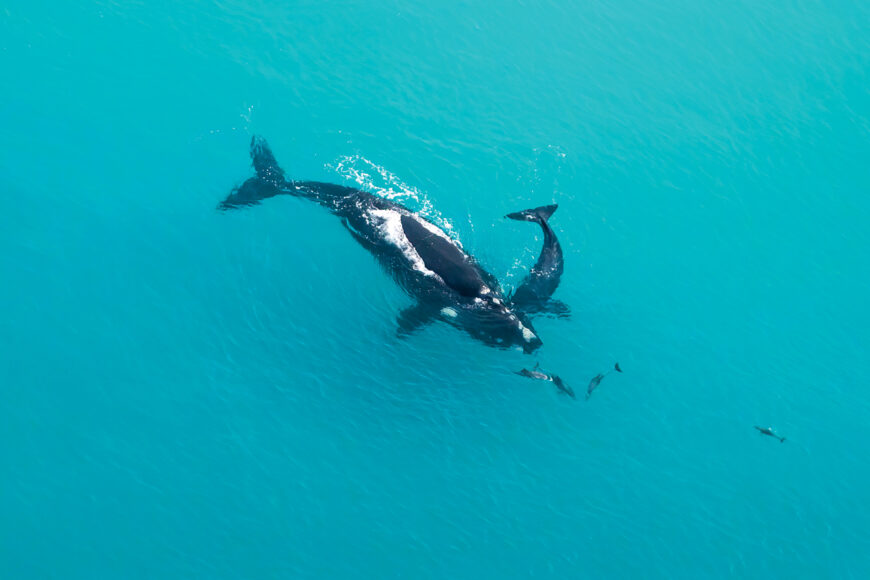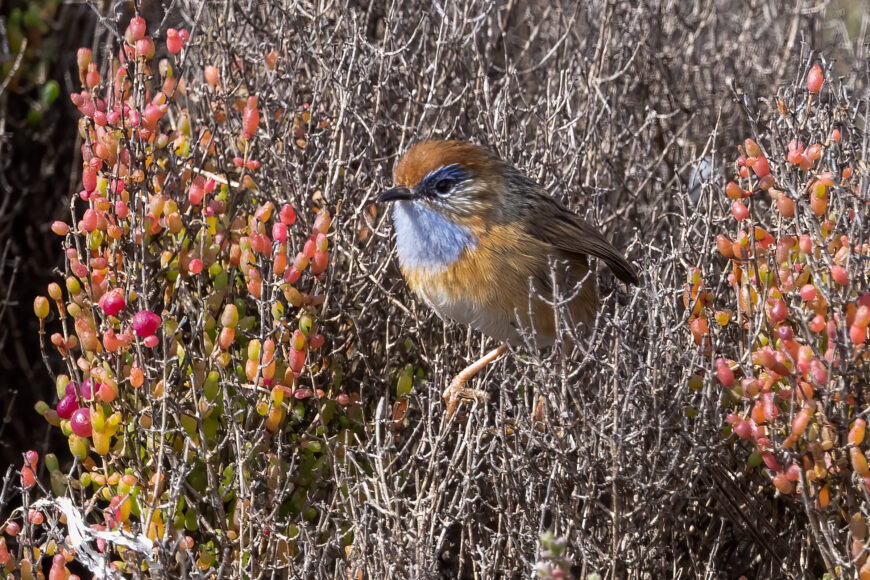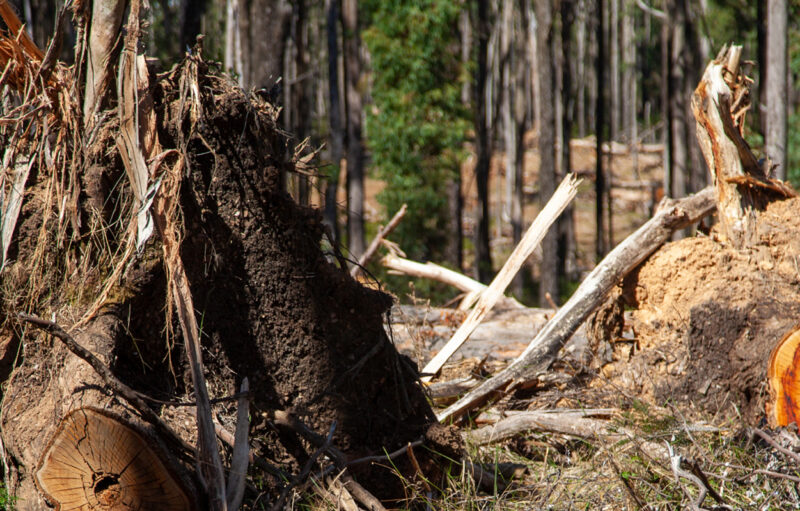PARK WATCH Article June 2023 |
Julia Peacock, Nature Advocate at the Nature Conservation Society of South Australia, reports that an emerging industry threatens protected areas in the state
Currently in South Australia there is an appetite to capitalise on the space industry. With the global ‘space economy’ worth around US$350 billion in 2018 and expanding rapidly, a growing market for rockets carrying small satellites is leading to a race to establish commercial launching complexes across Australia.
Unfortunately, our natural areas, including those formally protected, are set to lose out.
An example of this is the proposal for a rocket launching facility at Whalers Way, a conservation area on the southern tip of the Eyre Peninsula, which the Nature Conservation Society of SA (NCSSA) has been fighting for over two-and-a-half years. NCSSA’s fight has highlighted weaknesses in both state and federal environmental law and is a cautionary tale about what happens when our regulatory systems lag behind new industries.

What is at stake?
The specific proposal is to build a private, industrial-scale rocket launching complex capable of sending ‘small’ rockets (up to 29 metres) into space for putting satellites into sun-synchronous and polar orbits.
There’s no doubt this emerging market presents an economic opportunity but Whalers Way is simply the wrong place for this development. It is a sensitive environmental area, formally protected as a Heritage Agreement under South Australia’s system for private land conservation (equivalent to Trust for Nature Covenants in Victoria), meaning it should be managed for native vegetation protection in perpetuity.
It is also home to a range of threatened wildlife, notably the Southern Emu-wren (Eyre Peninsula) (Stipiturus malachurus parimeda), Mallee Whipbird (Psophodes leucogaster leucogaster), White-bellied Sea Eagle (Haliaeetus leucogaster) and Eastern Osprey (Pandion haliaetus cristatus), and is adjacent to the Thorny Passage Marine Park, habitat for the endangered Australian Sea Lion (Neophoca cinerea) and a breeding area for the Southern Right Whale (Eubalaena australis).
All this wilderness and fragile beauty is now threatened with clearance for launch pads, block houses, blast walls and firing bunkers, as well as other infrastructure including new tracks and a dam. Once established, the facility would increase disturbance from visitation as well as rocket launch noise which would pierce this wild coastline, travelling over several kilometres and leading to further decline in the populations of timid, endangered birds.
Site selection the critical step
In looking for a suitable site for this rocket launching complex, the start-up company Southern Launch says it undertook an ‘extensive review’ of the entire southern Australian coastline – from Albany in Western Australia to Sale in Victoria – and selected three preferred areas. These were Whalers Way, nearby Lincoln National Park and West Cape Howe National Park in WA.
In other words, the company selected three formally protected conservation areas as their preferred sites. It is deeply concerning that the emerging space industry has the impression that our conservation areas are greenfield zones ripe for development.
In part, Southern Launch justified their choice by saying the South Australian land-use planning system has no zones which envisage space industry developments, a yawning omission in the recently revamped system.

Failure of threatened wildlife management
Two of the bird species placed at greatest risk from this proposal – the Southern Emu-wren (Eyre Peninsula) and the Mallee Whipbird – are ‘protected’ under the national Environment Protection and Biodiversity Conservation Act 1999 (EPBC Act).
However, the impacts of years of failure to act on this national ‘protection’ through a lack of resourcing and weak political will are clearly evident. The Southern Emu-wren (Eyre Peninsula) has been recognised as threatened for over 20 years, yet a Recovery Plan has never been adopted, despite drafts being prepared.
No systematic actions to recover this tiny bird have ever been funded. Rather, in one of her last acts as Environment Minister, Sussan Ley decided this bird did not even need a Recovery Plan, at the same time as the proposal to destroy its habitat for this development came before her as a referral.
Both the Southern Emu-wren (Eyre Peninsula) and the Mallee Whipbird are now being considered for ‘uplisting’ from Vulnerable to Endangered under the EPBC Act, with independent Threatened Species Scientific Committee advising that both are closer to extinction, even before prime habitat is destroyed for this proposed facility. A recent survey of the Southern Emu-wren (Eyre Peninsula), funded by the company in an attempt to seemingly ‘greenwash’ their proposal, shows that there are even fewer of these birds left than previously thought – less than 500 are likely to remain.
It makes absolutely no sense to be pushing any threatened species closer to extinction for novel developments that could be sited elsewhere, and our state and national laws need to reflect this, both in their drafting and their implementation.
Acute fire risk
Whalers Way is a high bushfire risk area. There have already been catastrophic fires on the Eyre Peninsula that have led to the loss of populations of the Southern Emu-wren (Eyre Peninsula).
Rocket launching is inherently dangerous and experimental, as was recently demonstrated by SpaceX’s ‘unscheduled disassembly’, and it is therefore incompatible with the flammable vegetation that blankets Whalers Way.
This risk is real and was clearly demonstrated when a ‘test’ launch, attempted in September 2021, ended in a fire on the ‘temporary’ launch pad. Luckily this mishap was contained but the risk of uncontrolled fire at Whalers Way – to people, property and wildlife – is clearly unacceptable.
What’s next?
Decisions on whether to let the reckless and damaging proposal proceed at Whalers Way are still pending – from the SA Planning Minister, the SA Environment Minister (who specifically needs to give permission to cut the Heritage Agreement up) and the Federal Environment Minister, Tanya Plibersek.
NCSSA is calling for a refusal, followed by an independent review of suitable sites for such a development, involving a range of expertise including in rocket launching and conservation.
But we also need to update our state land-use planning system and improve our national environmental laws. If we did, proposed developments in sensitive natural areas, or in habitat for threatened wildlife, would get a short, sharp ‘no’ rather than costing community years of time and effort in concerted campaigning.
Send a message in support for Whalers Way to SA Planning Minister, Nick Champion via the campaign website:
www.ncssa.asn.au/save-whalers-way
- Read the latest full edition of Park Watch magazine
- Subscribe to keep up-to-date about this and other nature issues in Victoria
- Become a member to receive Park Watch magazine in print
